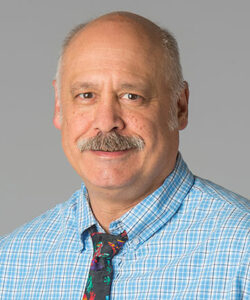City seeks bids for next sewer-plant job
Odor-control structure among planned projects valued at $100 million
The city of Spokane is seeking bids for the first projects to start the $100 million second phase of planned upgrades to the Riverside Park Water Reclamation Facility sewage-treatment plant.
Work currently out to bid will include installing an odor-control structure and related equipment, an improved mechanism for separating cooking grease from settling tanks, and a large clog-resistant piping system, says Mike Coster the plant's operations superintendent.
Bids will be accepted until June 7.
The city plans to award those and other second-phase projects in $10 million to $15 million increments over eight years rather than all at once, so local contractors can bid on them, says Lars Hendron, the city's principal wastewater management engineer.
The odor-control structure will cover four primary clarifiers at the plant at 4401 N. Aubrey L. White Parkway and will include ductwork capable of carrying 25,000 cubic feet per minute of foul air through a new activated-carbon filtering system, Coster says.
"The covers will keep odors contained and also move large quantities of fresh air to the primary clarifiers" so they will work, he says. The clarifiers are settling basins in which solids are separated from wastewater, he says.
The city chose the activated-carbon system because it takes up less space than other types of odor-control systems, and the carbon used in the system is recyclable, Coster says.
Hendron says the odor-control measures are part of an ongoing plan that prioritizes steps needed to reduce odors from the plant that often waft into surrounding neighborhoods and along the Spokane River Gorge.
Another portion of the work will include constructing two new basins, called wet wells, that will have automated grease-skimming equipment.
"Wastewater plants collect a lot of cooking grease, which can be difficult to handle in the clarifiers," Coster says. The improved skimmers will remove the grease from the surface of the wet wells and divert it directly to the system's digesters to be processed with solids.
The work also will include a reconfiguration of piping that's used following secondary treatment, Coster says. The piping, which will range in diameter from 36 inches to 72 inches,will direct wastewater from secondary clarifiers to a chlorine basin for chemical treatment. The pipe will be bigger in diameter than what's in place now and will be glass lined to help prevent the accumulation of residue.
Work on the first projects in the second phase is scheduled to start this summer and be completed in about 18 months, Coster says. Meantime, the city is completing the final component of a 12-year, $130 million first phase of upgrades with screening improvements to the headworks part of the plant that separates large debris from untreated sewage. The first phase also included construction and installation of two new 130-foot-tall, 2.8-million gallon digesters, which process sewage sludge after it's separated from wastewater.
Toward the end of the second-phase improvements, the city plans to build two more digesters to replace two older digesters. The Spokane office of Denver-based CH2M Hill Inc. is the city's design, engineering, and construction manager for the second phase of improvements.
Although some new treatment technologies will be tested during the second phase, it will take an additional phase of improvements to meet anticipated Washington state requirements for reducing phosphorus discharges into the Spokane River, Hendron says.
Related Articles


_c.webp?t=1763626051)
_web.webp?t=1764835652)

